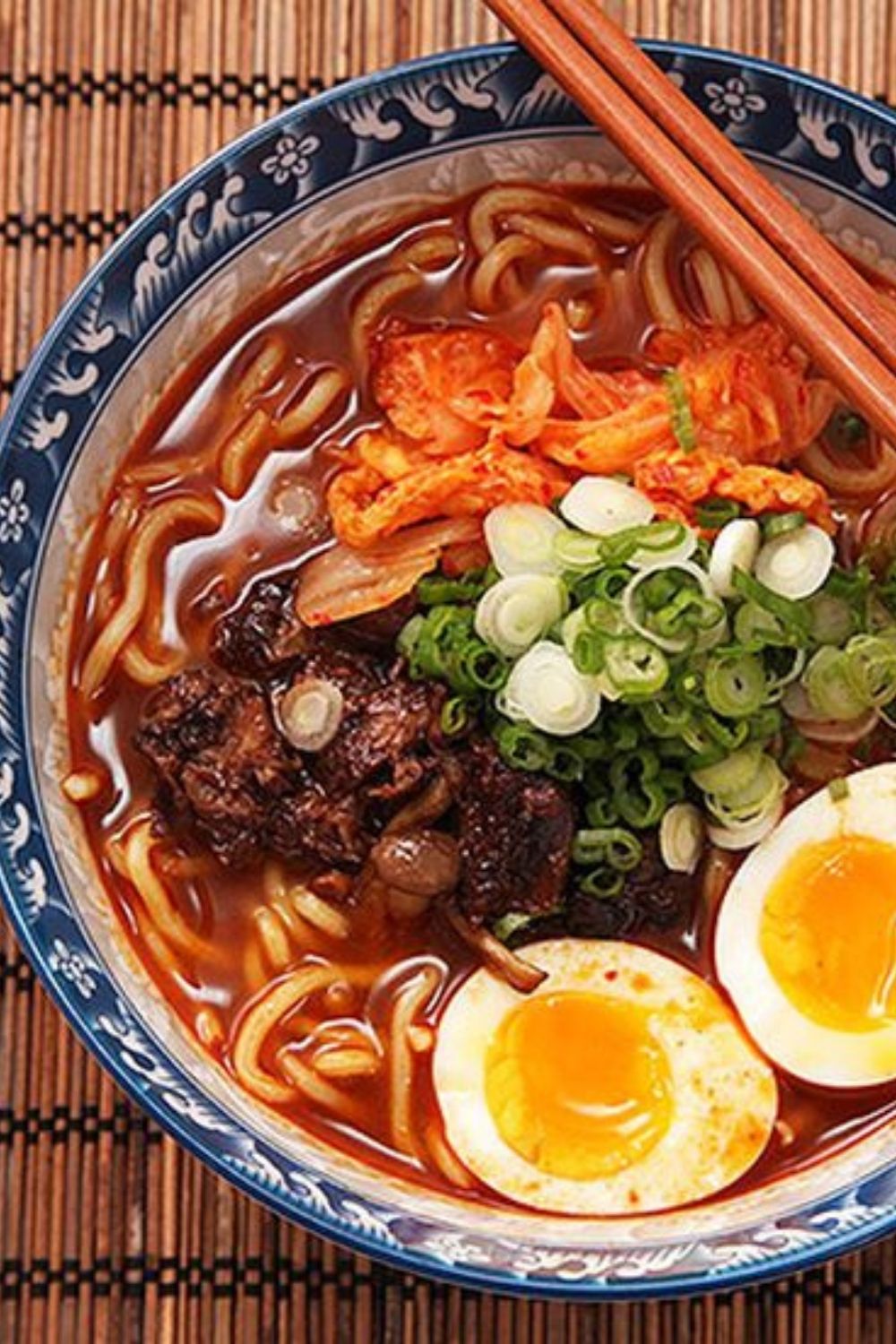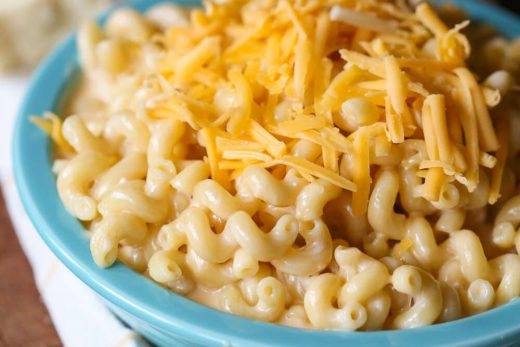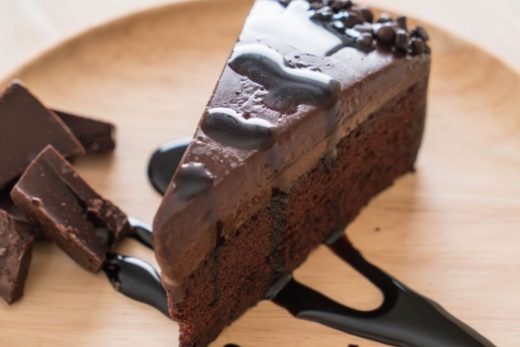Aquafaba’s utility lies primarily in its ability to make foams. Foams are emulsions, just like a salad dressing or a sauce, but while a sauce like mayonnaise is an oil-in-water emulsion and a vinaigrette is a water-in-oil emulsion, foams are air-in-water emulsions. That is, air molecules are dispersed in and surrounded by water molecules.
I should note that the increased stability would be in addition to the stability provided by the sugar in meringues, which, because of its ability to bind with and hold onto water, helps to prevent proteins on the surface of the foam from drying out too quickly, which increases the overall stability of the foam.
It turns out that aquafaba with kombu can make a very stable meringue, even in the absence of cream of tartar. The reason for this is that kombu contains carrageenan, a carbohydrate that is commonly used as a food additive (you’ll find it in mac and cheese products, or condensed milk) because it acts as an emulsifier and stabilizer.
However, in the presence of baking soda, it took a very long time to produce stiff peaks when I whipped aquafaba from a can of chickpeas cooked with kombu, the resulting foam wasn’t very stable, and, when baked, the meringues fell apart.





